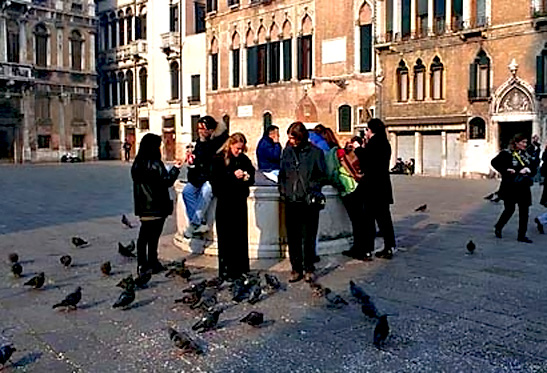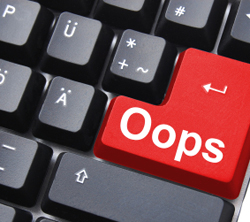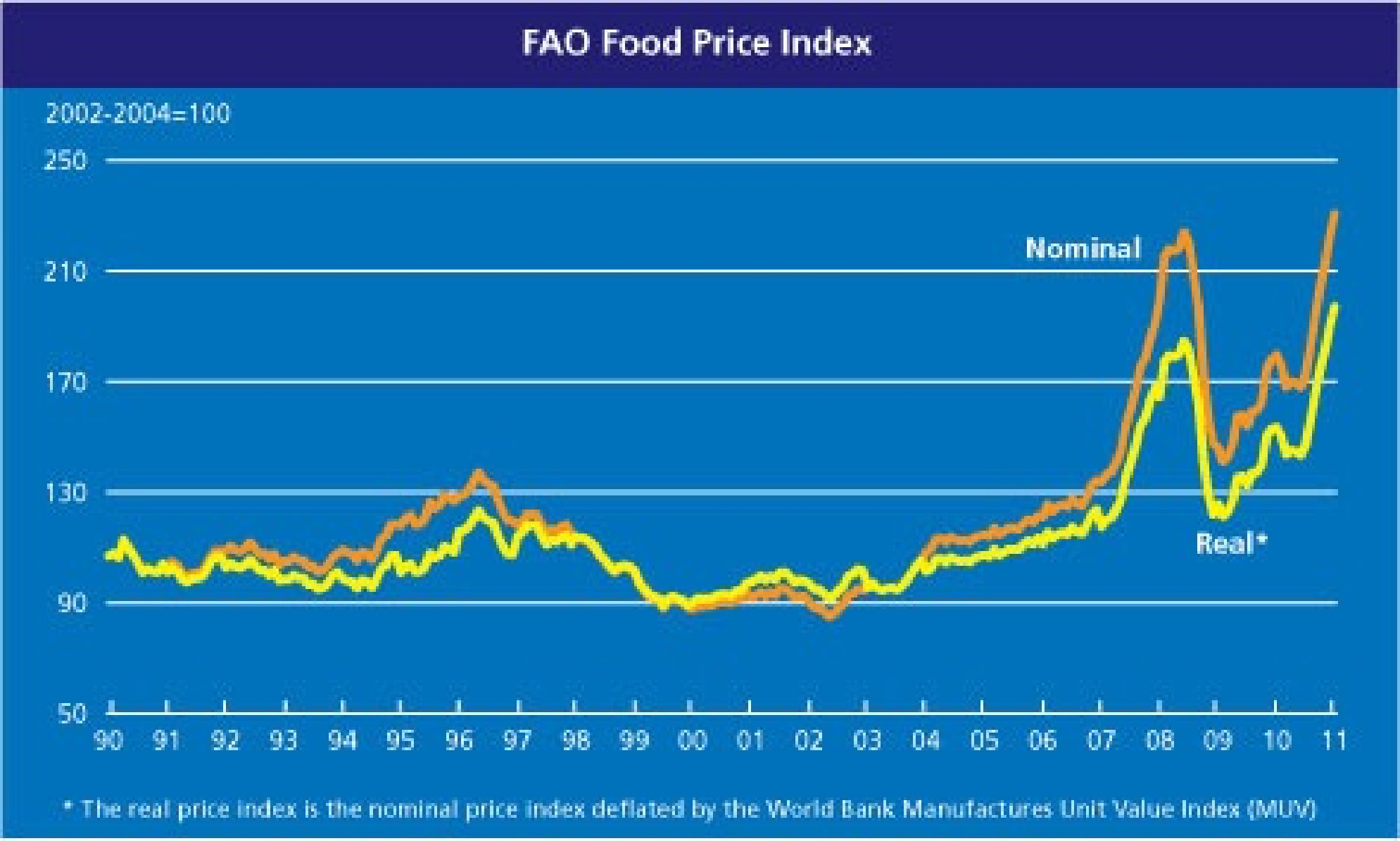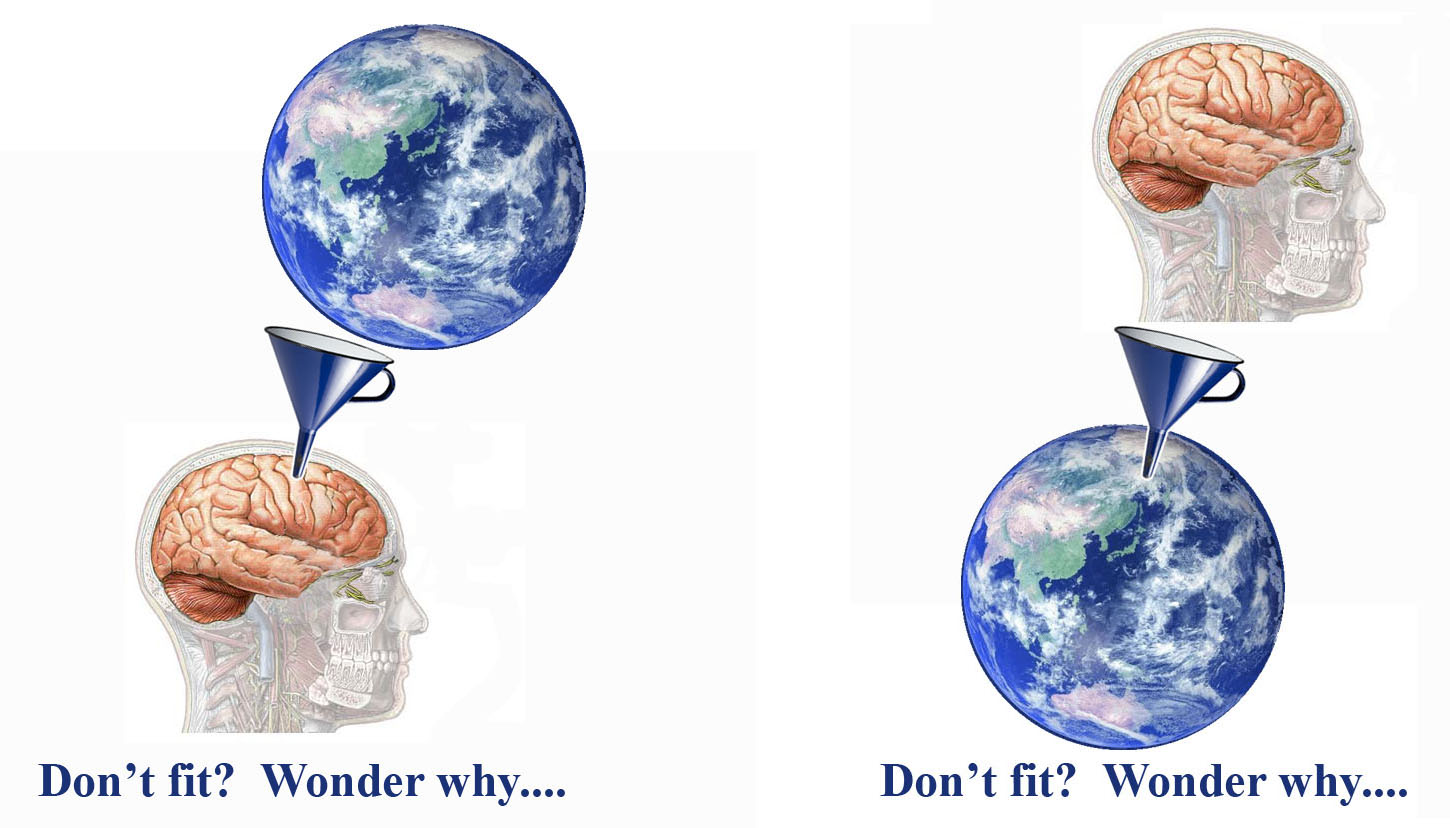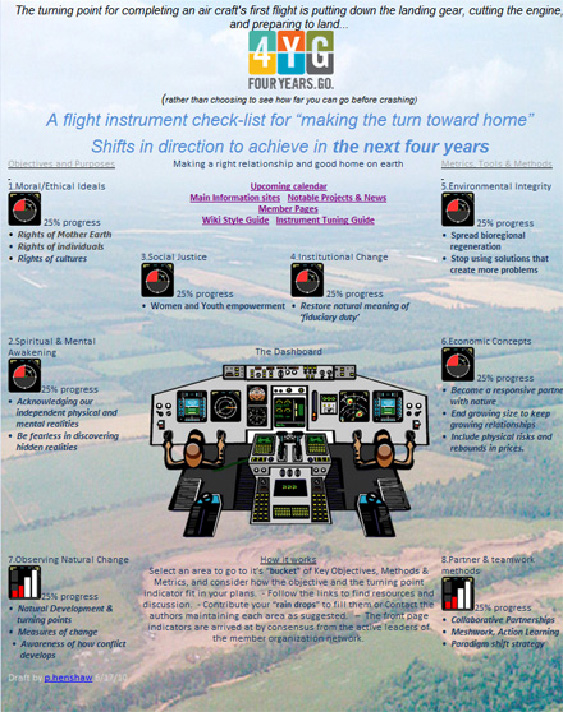Herman Daly offers his view of what a “steady state economy” is and how to use the term in a guest blog post on the Capital Institute website. I agree that understanding the meaning is more important than exactly what name you use, but there are important types if “steady states” not yet being discussed.
My comment, posted there and below, is for helping distinguish between the “lively” and “lifeless” forms of steady states that are possible for economies in nature. Of course, I raise the curiously overlooked concise meaning that Keynes would have given the type of lively and conflict free stable state of healthy economies too, as he discussed in “The General Theory…” but was misunderstood.
_________
Finding the Fitting Name
I’d agree with Daly that ultimately what you call the ideal kind of steady state for an economy matters less than whether what you achieve is something close to an ideal steady state. I study the physics of “open systems”, a.k.a. natural economies, and there are clearly discernible “ideal” steady states one might seek to achieve.
There are the ecosystems that while relatively stable and full of competing populations also display such deep and diverse complementary relationships between populations that the whole system operates with a relatively low level of internal conflict. Continue reading The economic meaning of “steady state”

